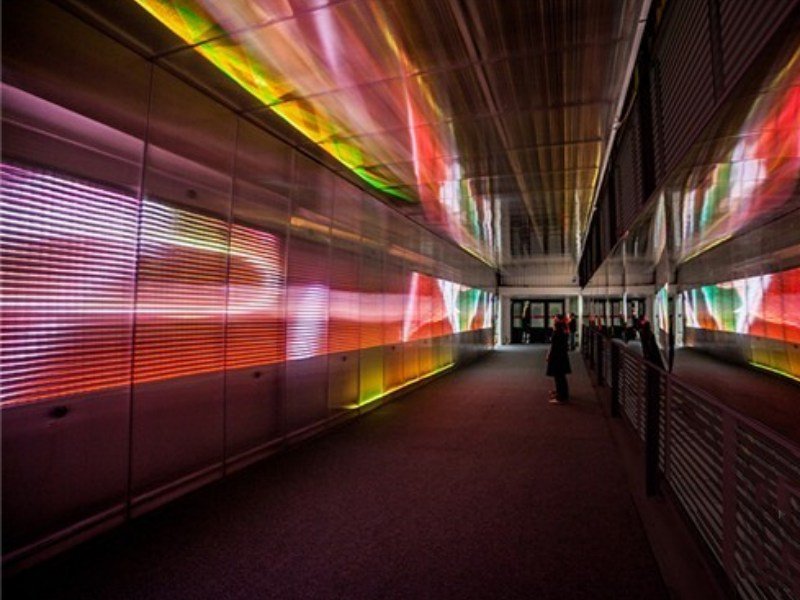LED lighting fixtures have gained immense popularity due to their ability to provide a wide range of colors, creating unique atmospheres and visual effects in both indoor and outdoor environments. To achieve this vibrant lighting, LED strip channel control plays a crucial role. In this blog post, we will delve into the working principles of LED channel control and how it unlocks a plethora of color possibilities.
LED Channels Refer to Individually Controlled Light Sources Within an LED Fixture.
Common LED fixtures include single-color and multi-color channels, where single-color channels provide light of a single color, and multi-color channels (such as RGB) can create a variety of colors by blending different color lights.
Understanding the working principles of LED strip channels is crucial to mastering their control.
Each LED channel typically consists of one or more LED chips, which regulate brightness and color output by adjusting the current or voltage. For instance, in RGB LED fixtures, each channel represents independent control of red, green, and blue lights.
The Working Principle
To master LED light channel control, it is essential to grasp the underlying working principles. Each LED channel typically consists of one or more LED chips that regulate brightness and color output by adjusting the current or voltage. For instance, in RGB LED fixtures, each channel represents independent control for red, green, and blue lights.

Exploring LED Strip Channel Control
By adjusting the brightness and color output of LED channels, we can achieve awe-inspiring lighting effects. Let’s explore some techniques for harnessing LED light channel control.
Color Mixing:
Multi-color channels (e.g., RGB) allow us to mix different colors by adjusting the brightness of each channel, resulting in nearly limitless color combinations. For example, increasing the red and green channels while lowering the blue channel gives us yellow light.
Color Gradation:
Gradually adjusting the output of LED channels enables us to create smooth color transitions. This technique is useful for creating gradient effects, flowing lights, or color-shifting backgrounds.
Color Temperature Control:
Some LED fixtures offer adjustable color temperature. By controlling the brightness of different channels of white LEDs, we can adjust the lighting’s color temperature, ranging from warm tones to cool tones.
Dynamic Effects:
Rapidly adjusting the output of LED channels allows us to create dynamic lighting effects such as flickering, fading, and pulsating.
Remote Control:
Many modern LED fixtures come with remote control functionality, enabling users to easily adjust the LED aluminum channel settings through a remote controller or smartphone application. This provides users with the convenience of customizing lighting effects from a distance.
LED aluminum channel control opens up a world of possibilities for creating captivating lighting experiences. With techniques like color mixing, gradation, temperature control, dynamic effects, and the convenience of remote control, we can unleash the full potential of LED channels, transforming spaces with stunning colors and captivating visual effects. So, dive into LED channel control and unlock a realm of vibrant and mesmerizing lighting possibilities.












Leave A Comment